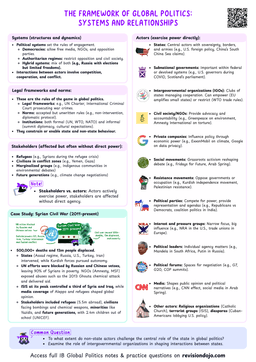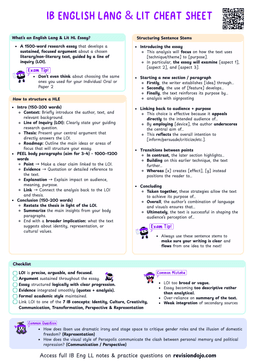Understanding Individual and Collective Rights
Individual rights
Individual rights are the freedoms and entitlements held by each person, such as freedom of speech, the right to privacy, and the right to a fair trial, which protect individuals from interference by the state or others.
Collective rights
Collective rights are the rights held by groups of people, often tied to their shared identity, culture, or history, such as Indigenous peoples’ rights to land or the right of minority groups to preserve their language and traditions.
- Individual rights are entitlements that belong to each person, such as:
- Freedom of speech
- Right to privacy
- Right to a fair trial
- Collective rights are entitlements that belong to groups, such as:
- Indigenous peoples' rights to land and culture
- Workers' rights to unionize
- Minority language rights
- Individual rights are often enshrined in national constitutions and international treaties, such as the Universal Declaration of Human Rights (UDHR).
- Collective rights may be recognized in specific contexts, such as the United Nations Declaration on the Rights of Indigenous Peoples (UNDRIP).

Tensions Between Individual and Collective Rights
- Balancing Interests:
- Individual rights may conflict with collective goals, such as national security or public health.
- Collective rights may limit individual freedoms to protect group interests.
- Cultural and Social Contexts:
- Different societies prioritize rights differently based on cultural values and historical experiences.
- The right to free speech (individual) may conflict with laws against hate speech (collective) designed to protect marginalized groups.
Case Studies: Navigating Rights Claims
Case studyIndigenous Land Rights in Canada
- Context:
- Indigenous peoples in Canada have long asserted collective rights to land and self-determination.
- Challenges:
- These rights often conflict with individual property rights and economic development projects.
- Resolution Efforts:
- Land treaties and legal frameworks aim to balance these competing claims.
Sharia and Rights and Justice
- Definition:
- Sharia ("the correct path") is derived from the Qur’an and the sayings of the Prophet Mohammed. It guides personal religious practice, but its role in political/legal systems is widely debated.
- Key Issue:
- Interpretations of Sharia vary. Some argue it clashes with international human rights norms; others see it as adaptable and compatible.
- Debates:
- Corporal punishment:
- Some Muslim-majority states still permit flogging, stoning, or amputation.
- Others oppose these interpretations, viewing them as oppressive and outdated.
- Women’s rights:
- Sharia can be used to justify dress codes, education limits, and restricted public roles.
- However, many scholars argue these stem from cultural practices, not Islam itself (e.g., Saudi Arabia lifted the ban on women driving in 2018).
- Corporal punishment:
- Dr Khaled Abou El Fadl argues that political factors (e.g., colonialism, authoritarian regimes, Western hypocrisy) have distorted the practice of Sharia and created a false conflict between Islam and human rights.


